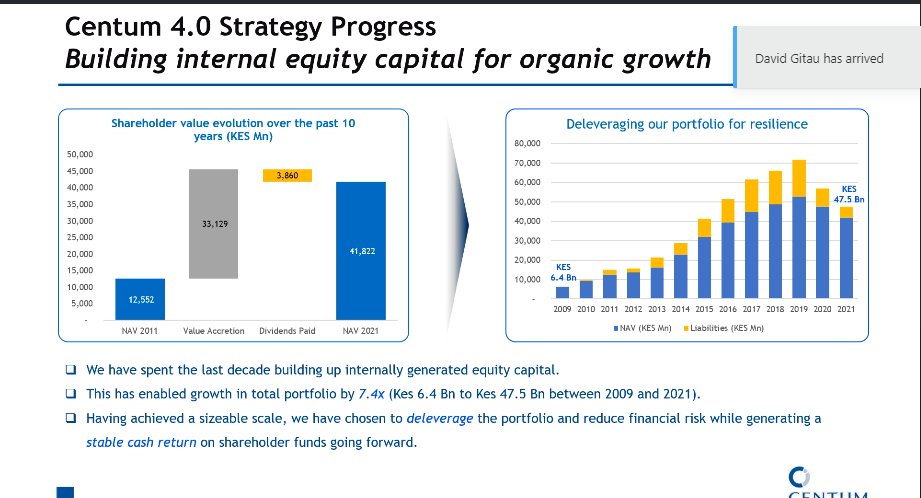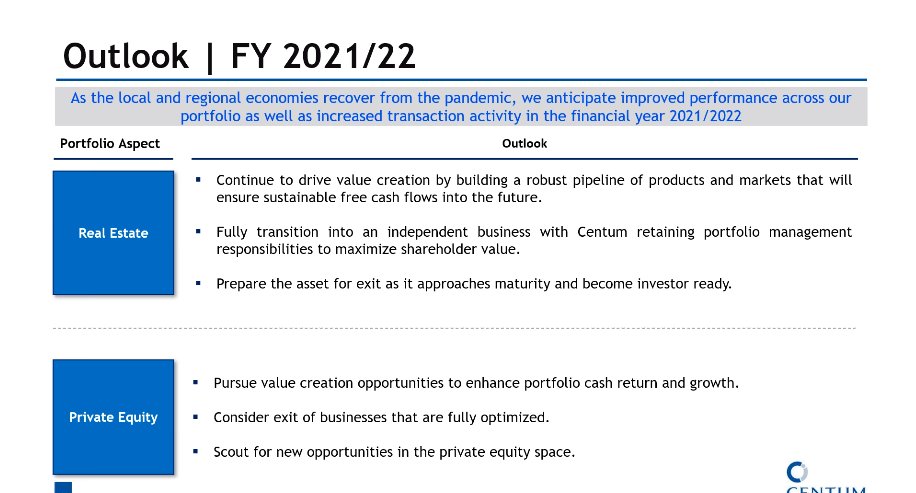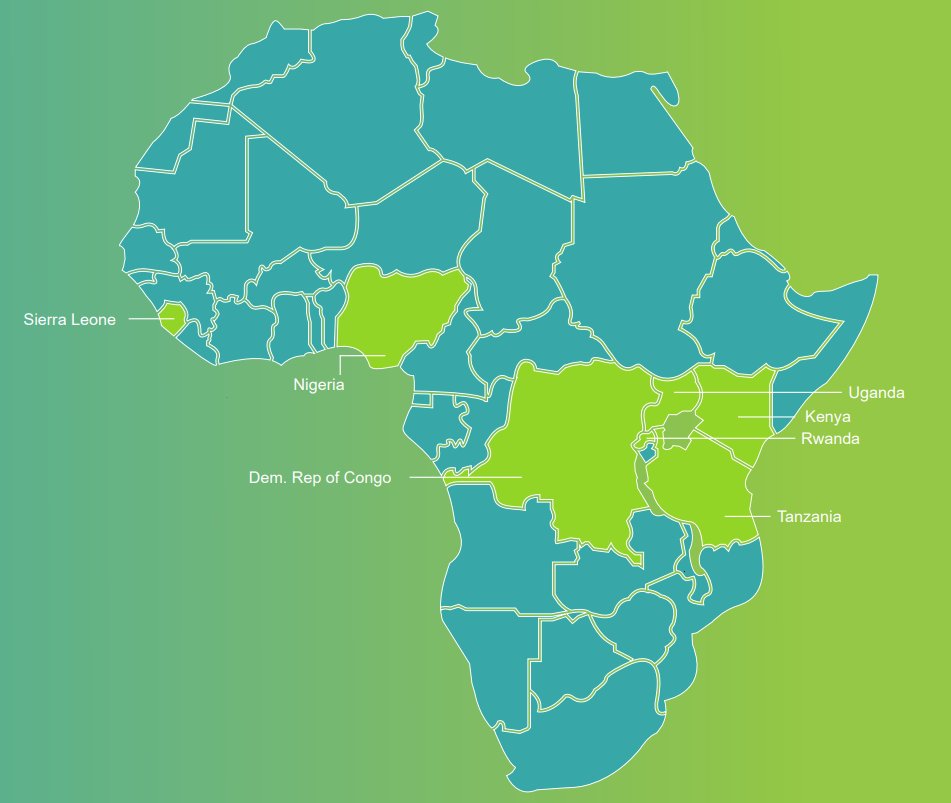Centum is hosting an Analysts Call at 3pm following FY 2020/2021 results.
Keep it here for highlights.
#CentumFY21
Keep it here for highlights.
#CentumFY21
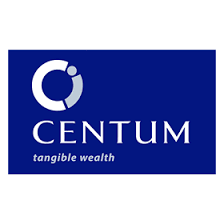
- No exits this year
- 30% expenses target by end of the strategy period
- Kshs 4.2B unrealized losses were driven by business multiples down, the performance of its businesses going down, and deferred tax being passed at 30% from the previous 5%
- 30% expenses target by end of the strategy period
- Kshs 4.2B unrealized losses were driven by business multiples down, the performance of its businesses going down, and deferred tax being passed at 30% from the previous 5%

Company Income Statement:
-Loss of Ksh 607M for the year
-Revaluations driven by low business performance
-Finance costs down following 6.6B bond redemption
-Loss of Ksh 607M for the year
-Revaluations driven by low business performance
-Finance costs down following 6.6B bond redemption

Here's an overview of @CentumPLC's portfolio. 

In their Private Equity segment:
Sidian Bank: Kshs 102m profit in Q1
Longhorn Publishers: 24.5% market share in Kenya
Isuzu: 20% market share gained from 2011



Sidian Bank: Kshs 102m profit in Q1
Longhorn Publishers: 24.5% market share in Kenya
Isuzu: 20% market share gained from 2011



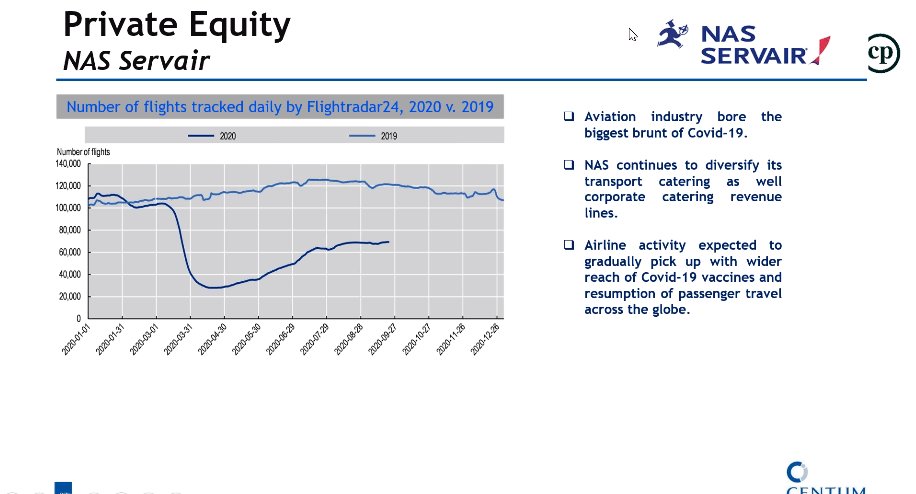
Considerations for reducing the dividend paid:
- Company profit of Kshs 245m
- Current economic uncertainties
Company looking forward to going back to its dividend policy.
- Company profit of Kshs 245m
- Current economic uncertainties
Company looking forward to going back to its dividend policy.
- On the TRDL capital restructuring, @CentumPLC intends to bring in an equity investor to reduce the debt burden
• • •
Missing some Tweet in this thread? You can try to
force a refresh



